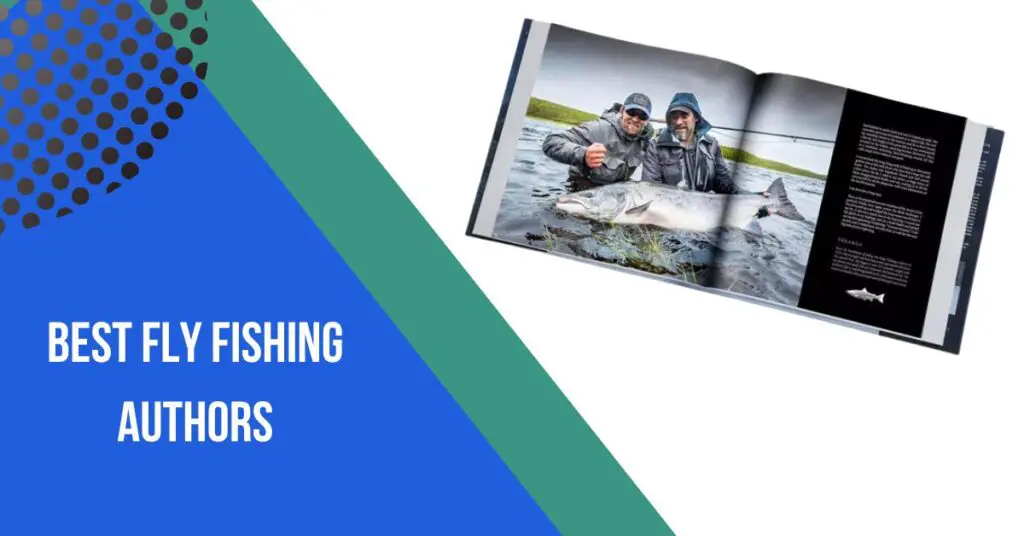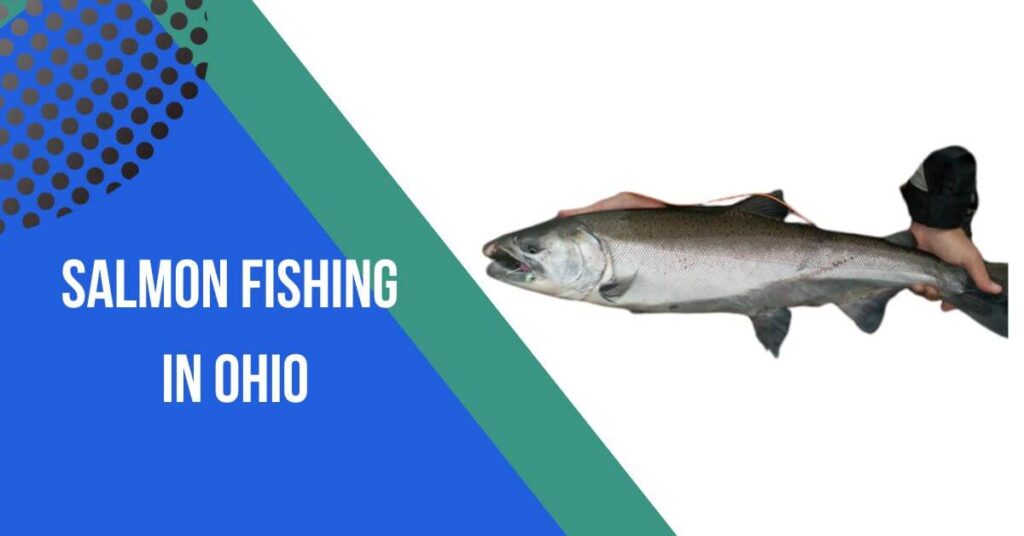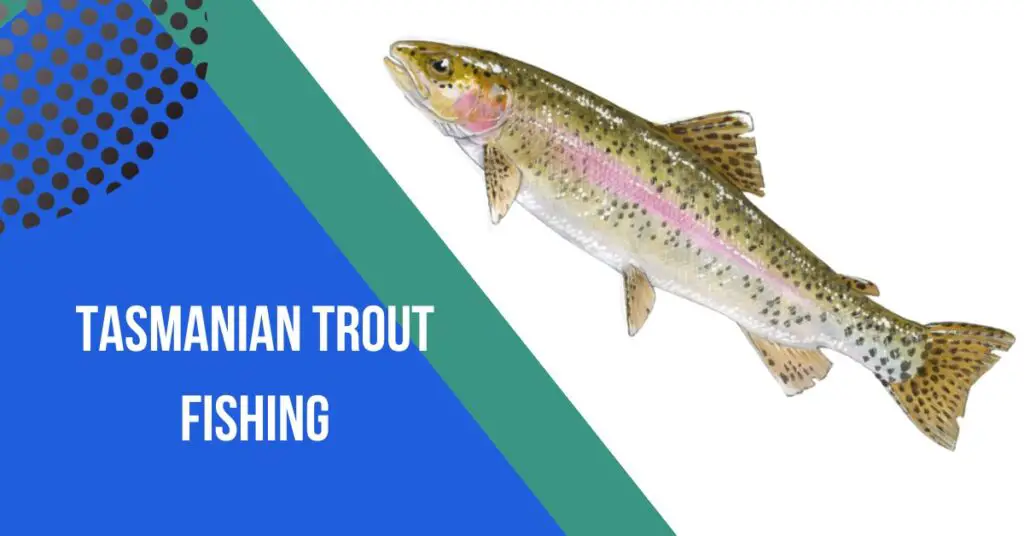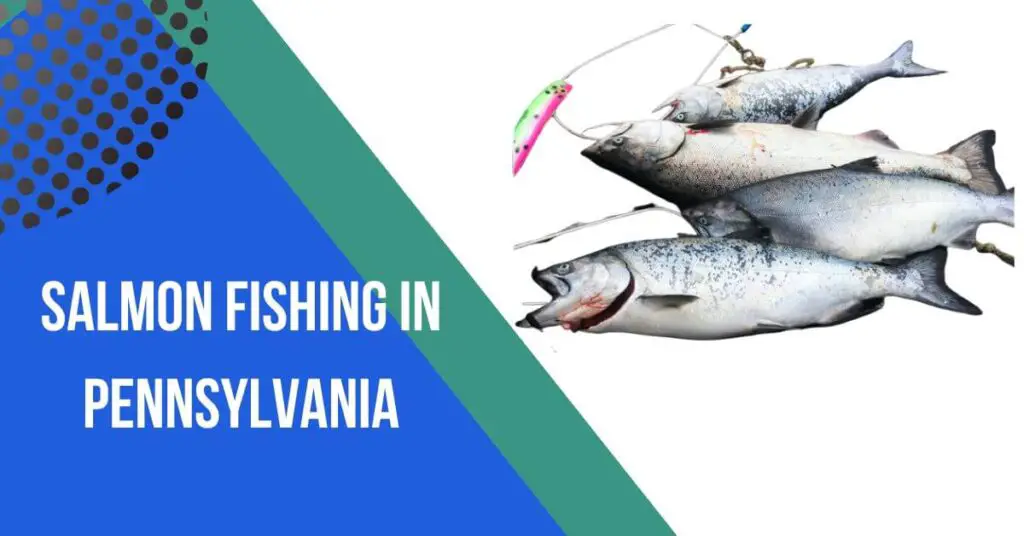Contents
- 1 Best Fly Fishing Authors:
- 2 Early Pioneers:
- 3 Ernest Hemingway:
- 4 Roderick Haig-Brown:
- 5 Ernest Hemingway:
- 6 “The Old Man and the Sea” (1952):
- 7 Experiential Writing Style:
- 8 Love for Outdoor Pursuits:
- 9 Impact on Fishing Culture:
- 10 Influence on the Perception of Fishing:
- 11 Capturing the Magic of Fly Fishing:
- 12 FAQs!!
- 13 Who are some other notable fly-fishing authors besides Hemingway and Haig-Brown?
- 14 What is John Gierach known for in fly fishing literature?
- 15 What makes fly fishing literature different from other angling literature?
- 16 Are there any contemporary fly-fishing authors making significant contributions?
- 17 How has fly fishing literature influenced the broader fishing and outdoor culture?
- 18 Are there any literary awards specifically dedicated to fly fishing literature?
Fly fishing has a rich literary tradition, and numerous authors have contributed to the art and lore of this captivating pursuit. Renowned for their eloquent prose and understanding of the sport, the best fly fishing authors blend their passion for angling with a keen appreciation for nature, adventure, and the human experience.
Icons like Ernest Hemingway, whose classic novella “The Old Man and the Sea” showcases the timeless struggle between man and nature, and Roderick Haig-Brown, known for his poetic descriptions of rivers and the magic of fly fishing, have left an indelible mark on the literature of the sport.
With his wry humor and insightful observations, contemporary voices like John Gierach continue to enchant readers with tales of riverside escapades. Whether casting lines into pristine mountain streams or reflecting on the meditative qualities of the sport, these authors have elevated fly fishing from a mere pastime to a literary art form.
Through their words, readers are transported to the serene beauty of riverbanks and the exhilaration of the chase, making the works of these authors essential companions for seasoned anglers and those eager to explore the world of fly fishing.
Best Fly Fishing Authors:
Fly fishing literature refers to a genre of writing that focuses on the art, techniques, experiences, and cultural aspects associated with fly fishing. This specialized form of angling involves using a lightweight artificial fly as bait, which is cast with a specialized fly rod and reel.
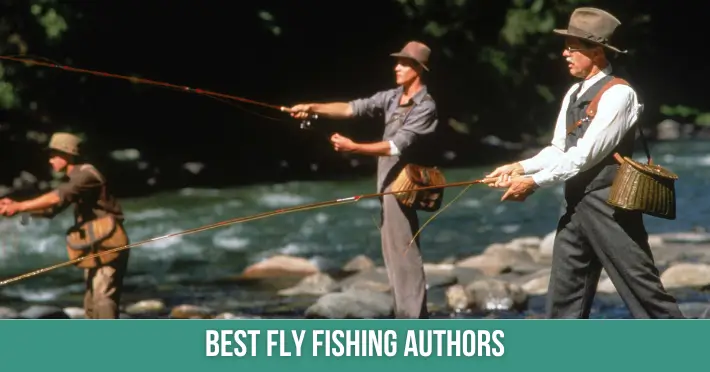
Fly fishing literature encompasses a wide range of works, including fiction, non-fiction, essays, and poetry, all dedicated to exploring the nuances, challenges, and joys of the sport.
These writings often go beyond simple instructional guides and into the dimensions of fly fishing, such as the connection between angler and nature, the meditative qualities of the pursuit, and the cultural traditions that surround it.
Fly fishing literature not only serves as a resource for technical knowledge but also captures the essence of the experience, making it an integral part of the broader tradition of outdoor and angling literature.
Early Pioneers:
The early pioneers of fly fishing literature laid the foundation for the genre, contributing timeless works that have influenced generations of anglers and readers alike. Two prominent figures in this category are Ernest Hemingway and Roderick Haig-Brown.
Ernest Hemingway:
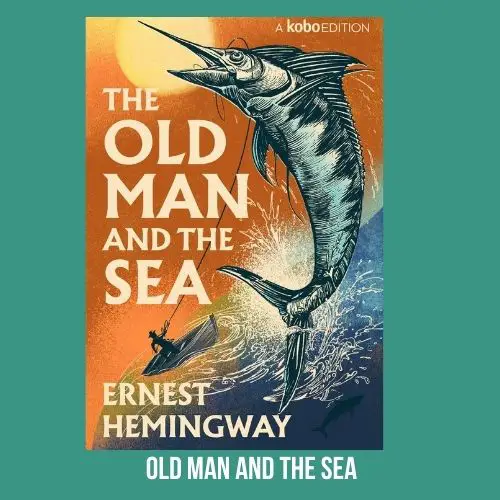
- Notable Work: “The Old Man and the Sea”
>> Contribution: Hemingway, although not exclusively a fly fishing author, made a significant impact with his novella, “The Old Man and the Sea.” This classic masterpiece not only showcases the struggle between man and nature but also emphasizes the importance of patience, resilience, and the deep connection between the angler and the sea.
Hemingway’s portrayal of the old Cuban fisherman Santiago has become iconic, contributing to the broader perception of fishing in literature.
Roderick Haig-Brown:
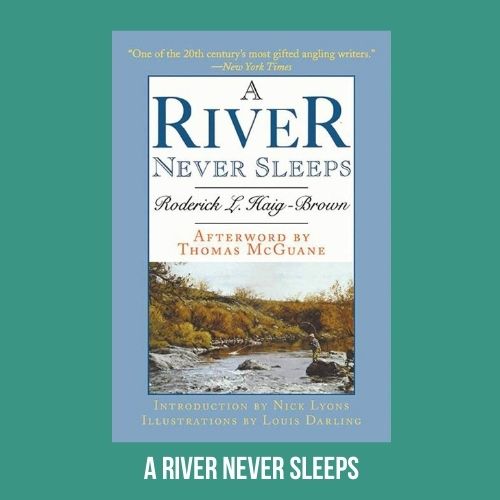
- Notable Work: Various works, including “A River Never Sleeps”
>> Contribution: Haig-Brown, a Canadian author and conservationist, is celebrated for his poetic and evocative descriptions of rivers and the enchanting world of fly fishing.
His works, such as “A River Never Sleeps,” into the intricate relationship between angler and environment. Haig-Brown’s ability to capture the magic and beauty of the natural world, combined with his insights into the angler’s experience, has solidified his place as a foundational figure in fly fishing literature.
These early pioneers not only shared their passion for the sport but also set a standard for the literary exploration of fly fishing, paving the way for subsequent generations of authors to contribute to this rich and diverse genre.
Ernest Hemingway:
Ernest Hemingway (1899–1961) was an American author and journalist, widely regarded as one of the most influential writers of the 20th century. While not exclusively a fly fishing author, Hemingway’s literary contributions to the world of angling, particularly in his novella “The Old Man and the Sea,” have left an indelible mark on the genre.
Key Aspects of Ernest Hemingway’s Contribution to Fly Fishing Literature:
“The Old Man and the Sea” (1952):
- Hemingway’s novella tells the story of Santiago, an aging Cuban fisherman, and his epic struggle with a giant marlin in the Gulf Stream.
- While not a traditional fly fishing tale, the novella explores themes of endurance, courage, and the indomitable spirit of the human quest for mastery over the natural world.
- Santiago’s connection with the sea and the challenges he faces resonate with anglers, contributing to the broader lore of fishing literature.
Experiential Writing Style:
- Hemingway was known for his minimalist and experiential writing style, characterized by short sentences and precise language.
- His approach captured the essence of the angler’s experience, emphasizing the tactile and sensory aspects of fishing rather than focusing solely on technical details.
Love for Outdoor Pursuits:
- Hemingway had an appreciation for the outdoors, and this passion is evident in various aspects of his writing.
- His enthusiasm for hunting, fishing, and other outdoor activities is interwoven into his works, creating a sense of authenticity that resonates with readers who share a similar love for nature and adventure.
Impact on Fishing Culture:
- “The Old Man and the Sea” and other works contributed to shaping popular perceptions of fishing and the sea.
- Hemingway’s portrayal of the solitary struggle against powerful forces in nature has become iconic and has inspired subsequent generations of anglers and authors.
Ernest Hemingway’s influence extends far beyond fly fishing literature, but his exploration of the themes related to angling in “The Old Man and the Sea” has made an enduring contribution to the broader tradition of outdoor and adventure literature.
Influence on the Perception of Fishing:
Ernest Hemingway’s profound influence on the perception of fishing is exemplified in his timeless novella, “The Old Man and the Sea.” Published in 1952, the narrative not only tells the gripping story of Santiago’s relentless battle with a giant marlin but also serves as a literary prism through which the broader cultural understanding of fishing is refracted.
Hemingway’s portrayal of the solitary fisherman facing the relentless forces of the sea resonates with readers, transcending the specifics of the angler’s pursuit.
The novella captures the essence of the human struggle against nature, highlighting themes of courage, determination, and the indomitable spirit in the face of adversity.
Hemingway’s masterful prose elevates fishing from a mere recreational activity to a metaphor for life’s challenges, influencing how fishing is perceived not just as a sport but as a profound and symbolic endeavor.
Through Santiago’s solitary journey, Hemingway imbues fishing with a sense of nobility, instilling in the reader a profound appreciation for the primal connection between humanity and the natural world, an impact that reverberates in the broader cultural ethos surrounding fishing.
Hemingway’s contribution, therefore, extends beyond the pages of literature, shaping the collective consciousness and enduringly influencing the perception of fishing as a meaningful and symbolic pursuit.
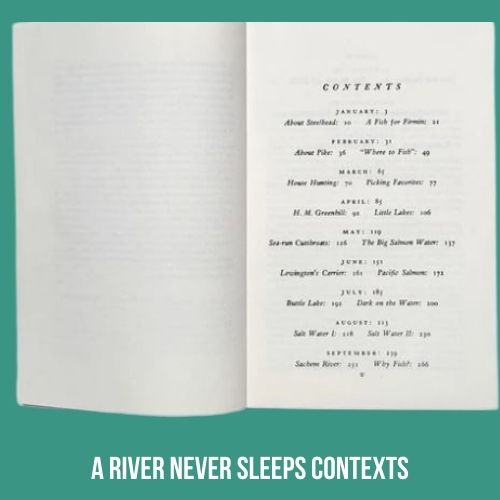
Capturing the Magic of Fly Fishing:
Roderick Haig-Brown, a luminary in the realm of fly fishing literature, holds a distinctive place for his unparalleled ability to capture the magic of this age-old pursuit.
Through his works, such as “A River Never Sleeps” and various essays, Haig-Brown transported readers to the enchanting world of rivers, where the dance of the fly on the water is a ballet of artistry and connection.
His prose, akin to poetry, wove vivid tapestries of the natural world, from the rhythmic flow of currents to the delicate symphony of insects hovering above the water’s surface.
Haig-Brown’s genius lay not only in his technical insights into fly fishing but also in his profound appreciation for the intangible elements that make the sport magical.
He articulated the sensory allure of casting a line, the thrill of feeling the subtle pull of a fish, and the serene beauty of a quiet riverbank at dawn. By infusing his writing with an understanding of the intricacies of nature and the angler’s spiritual connection to it, Haig-Brown painted fly fishing as more than a hobby; he portrayed it as a transformative and almost spiritual experience.
In the hands of Roderick Haig-Brown, fly fishing became a journey into the soul of nature itself. His ability to convey the magic of the sport went beyond the technicalities, delving into the essence of why individuals are drawn to rivers and the delicate artistry of fly fishing.
Haig-Brown’s legacy endures not only as a teacher of angling techniques but as a maestro who composed symphonies of words, immortalizing the enchantment that defines the magic of fly fishing.
Conclusion:
The contributions of early pioneers like Ernest Hemingway and Roderick Haig-Brown have woven a rich tapestry of literature around fly fishing. From the epic struggles against nature depicted by Hemingway to Haig-Brown’s poetic narratives that capture the magic of rivers and the artistry of fly fishing, these authors have elevated the sport from a mere pastime to a profound cultural and literary experience.
Their enduring influence continues to shape perceptions, inspire new generations of anglers, and ensure that the allure and significance of fly fishing remain firmly embedded in the broader tradition of outdoor literature.
FAQs!!
Some other notable fly-fishing authors include John Gierach, Norman Maclean, A.J. McClane, and Ted Leeson.
What is John Gierach known for in fly fishing literature?
John Gierach is known for his humorous and insightful writings on fly fishing. His books, such as “Trout Bum” and “A Fly Rod of Your Own,” have gained popularity for their engaging storytelling and reflections on the angler’s lifestyle.
What makes fly fishing literature different from other angling literature?
Fly fishing literature often focuses on the specific techniques, experiences, and cultural aspects unique to fly fishing, which involves using a lightweight artificial fly as bait. This genre tends to emphasize the artistry and connection with nature associated with the sport.
Yes, many contemporary authors continue to contribute to fly fishing literature. Some names to explore include Tom Rosenbauer, Yvon Chouinard, and David James Duncan.
How has fly fishing literature influenced the broader fishing and outdoor culture?
Fly fishing literature has played a crucial role in shaping perceptions of fishing, emphasizing the connection with nature, the artistry of the sport, and the philosophical aspects of angling. It has contributed to a broader cultural appreciation for outdoor pursuits and conservation.
Are there any literary awards specifically dedicated to fly fishing literature?
While there might not be dedicated literary awards exclusively for fly fishing, some general outdoor literature awards, such as the Outdoor Book Awards, may include categories for fishing and angling literature.

